Imagine coming home after a long, exhausting day and being greeted not by chaotic barking or jumping, but by a soft, knowing gaze and quiet companionship. There’s something almost magical about the way cats weave themselves into our daily lives, shaping emotional rhythms with a gentle, steady presence. While dogs are often praised for their loyalty and exuberance, cats possess a unique talent for nurturing emotional routines that often goes unnoticed. Let’s dive into the fascinating reasons why cats outshine dogs in building these tender, comforting rituals.
Cats Master the Art of Subtle Companionship

Cats have an uncanny ability to sense when we need company and when we crave solitude. Their approach is never overwhelming; they’ll curl up beside you when you’re feeling low or simply sit nearby, offering silent support. Unlike dogs, who can sometimes demand attention with their boundless energy, cats quietly fit themselves into our emotional landscape. Their gentle presence creates a soothing atmosphere, allowing us to process our feelings without pressure. This subtle companionship becomes a reliable emotional anchor in our daily routines. Over time, these small acts of quiet support build trust and emotional stability, making cats exceptional partners in emotional well-being.
Predictable Habits Bring Comfort

One of the most comforting things about cats is their love for routine. They often eat, play, and rest at the same times every day, gently nudging us to establish similar patterns. This predictability isn’t just adorable—it’s also emotionally grounding. Knowing that your cat will be at the window at 7 AM or waiting on the couch at night can give a sense of order amidst life’s chaos. Dogs, while routine-oriented too, tend to impose their schedules more forcefully, sometimes adding to our stress. With cats, the routines develop organically, weaving seamlessly into our daily lives and giving us a comforting sense of predictability.
Cats Offer Nonjudgmental Presence

There’s an almost meditative peace in the way a cat simply sits with you, not asking questions or expecting explanations. When life throws curveballs—failed exams, broken hearts, or just a bad day at work—cats don’t judge. They won’t try to “cheer you up” with forced enthusiasm or bark their excitement when you need quiet. Instead, they’ll be there, offering a warm body and a soft purr, letting you process your emotions at your own pace. This nonjudgmental presence helps build emotional routines where honesty and vulnerability can flourish. It’s like having a silent supporter always in your corner.
Purring: Nature’s Emotional Soother

Few things in life compare to the sound of a cat purring in your lap. Scientific studies suggest that cat purrs can actually reduce human stress and lower blood pressure. This soothing vibration becomes a kind of emotional balm, making tough moments a little easier to bear. Dogs might offer a wagging tail or a joyful bark, but nothing quite matches the therapeutic rhythm of a cat’s purr. Over time, the expectation of this calming sound becomes part of our emotional routine, helping us wind down after tough days and creating a nightly ritual of comfort and relaxation.
Cats Respect Personal Space

Unlike dogs, who often want to be involved in every aspect of your life, cats understand the value of personal space. They’re experts at knowing when to step back, giving you room to breathe and think. This respect for boundaries is vital for emotional routines, especially for people who need quiet time to recharge. Cats may watch from a windowsill or nap in a nearby room, always close but never intrusive. This balance of closeness and space helps us maintain healthy emotional boundaries, which is essential for long-term well-being.
Gentle Morning Wake-Ups

Many cat owners are familiar with the gentle nudge or soft meow that signals breakfast time. Unlike the excited barking or jumping that often comes with dogs, cats have a more subtle approach to morning routines. A light paw on your face or a quiet purr at dawn can be an unexpectedly comforting way to start the day. This gentle routine helps set a peaceful tone, allowing you to wake up slowly and with a sense of calm. Over time, these soft morning interactions become cherished rituals that shape our emotional outlook for the day ahead.
Evening Rituals for Winding Down

After a long day, cats often settle into predictable patterns—cuddling on laps, kneading blankets, or quietly grooming themselves beside us. These evening rituals help signal the end of a busy day, encouraging us to slow down and relax. Unlike dogs, who may remain hyper and ready to play late into the night, cats instinctively align with our need for downtime. Their calming presence and soothing behaviors become an essential part of our nightly routine, helping our minds and bodies transition into rest mode.
Encouraging Mindfulness and Presence

Cats live in the moment, and their behaviors encourage us to do the same. Watching a cat chase a sunbeam or nap in a warm spot invites us to pause and appreciate simple pleasures. This mindfulness is contagious—spending time with a cat can anchor us in the present, breaking the cycle of anxious thoughts or worries about the future. Dogs can certainly bring joy, but their constant energy sometimes pulls us out of the moment. Cats, with their calm focus, gently remind us to savor the here and now, helping us build routines centered on mindfulness and presence.
Emotional Regulation Through Calm Energy
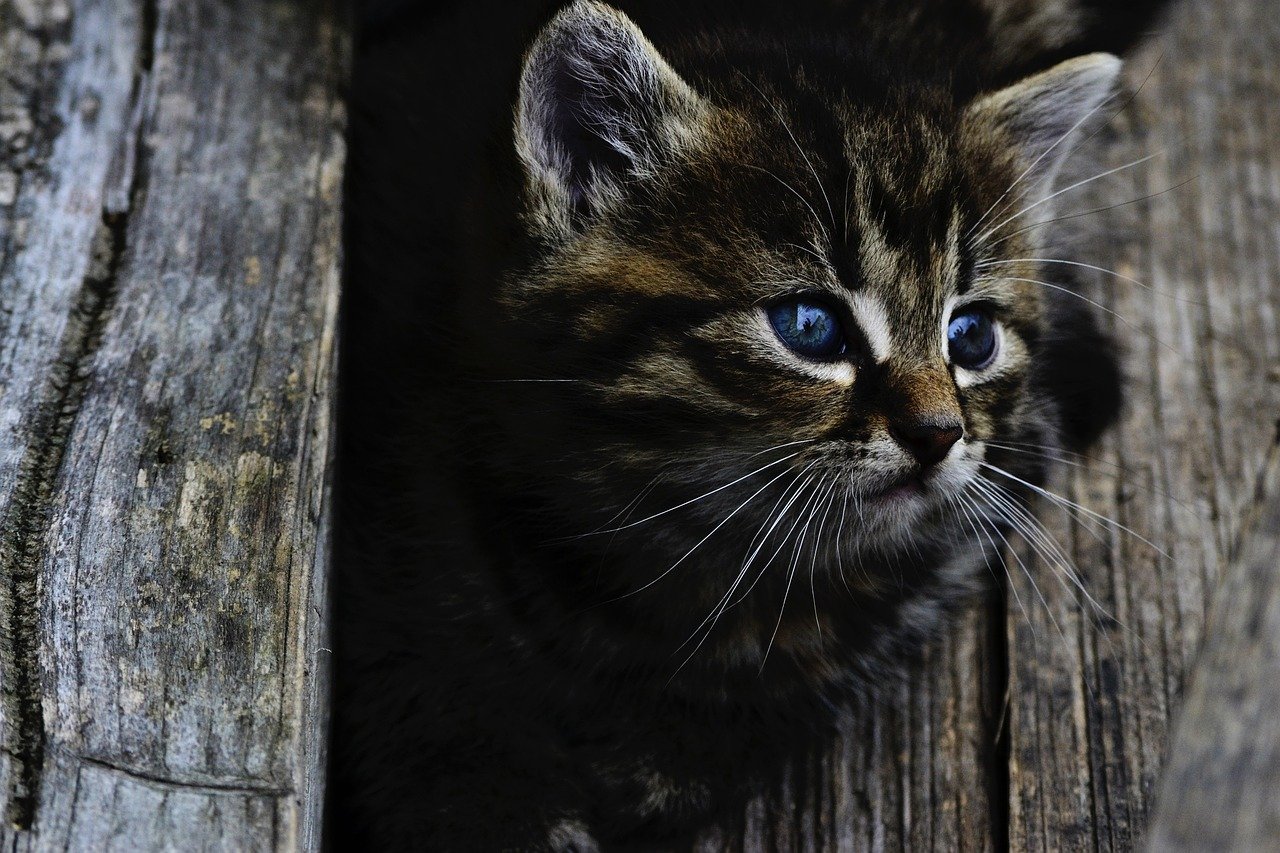
Cats exude a calm, steady energy that helps regulate our emotions. When we’re feeling anxious or upset, a cat’s unhurried movements and quiet demeanor can help us slow down and regain our balance. This calming influence becomes woven into our emotional routines, offering a reliable source of peace amidst life’s storms. Dogs, on the other hand, often mirror our excitement or stress, amplifying the energy in the room. Cats’ ability to remain composed helps us find stillness and clarity, making them ideal companions for emotional regulation.
Offering Solace During Loneliness

Few things feel lonelier than an empty house, but cats have a way of filling the space with their presence. They don’t need grand gestures to show their affection—a gentle headbutt, a soft meow, or the quiet weight of their body beside you can make all the difference. These small acts of comfort become part of the emotional routines that help us cope with loneliness. While dogs may try to distract us with play, cats offer a quieter, deeper solace that resonates with our need for connection.
Adapting to Our Emotional Needs

Every cat has a unique personality, but most are incredibly attuned to their owners’ moods. They often adapt their behavior to match our emotional needs—becoming playful when we’re happy, gentle when we’re sad, and invisible when we need space. This adaptability helps build emotional routines that feel personalized and supportive. Dogs may be loyal, but their responses can be less nuanced, sometimes overwhelming us with affection when we need calm. Cats, on the other hand, seem to intuit exactly what we need, making them exceptional partners in emotional routine-building.
Encouraging Self-Care and Rest
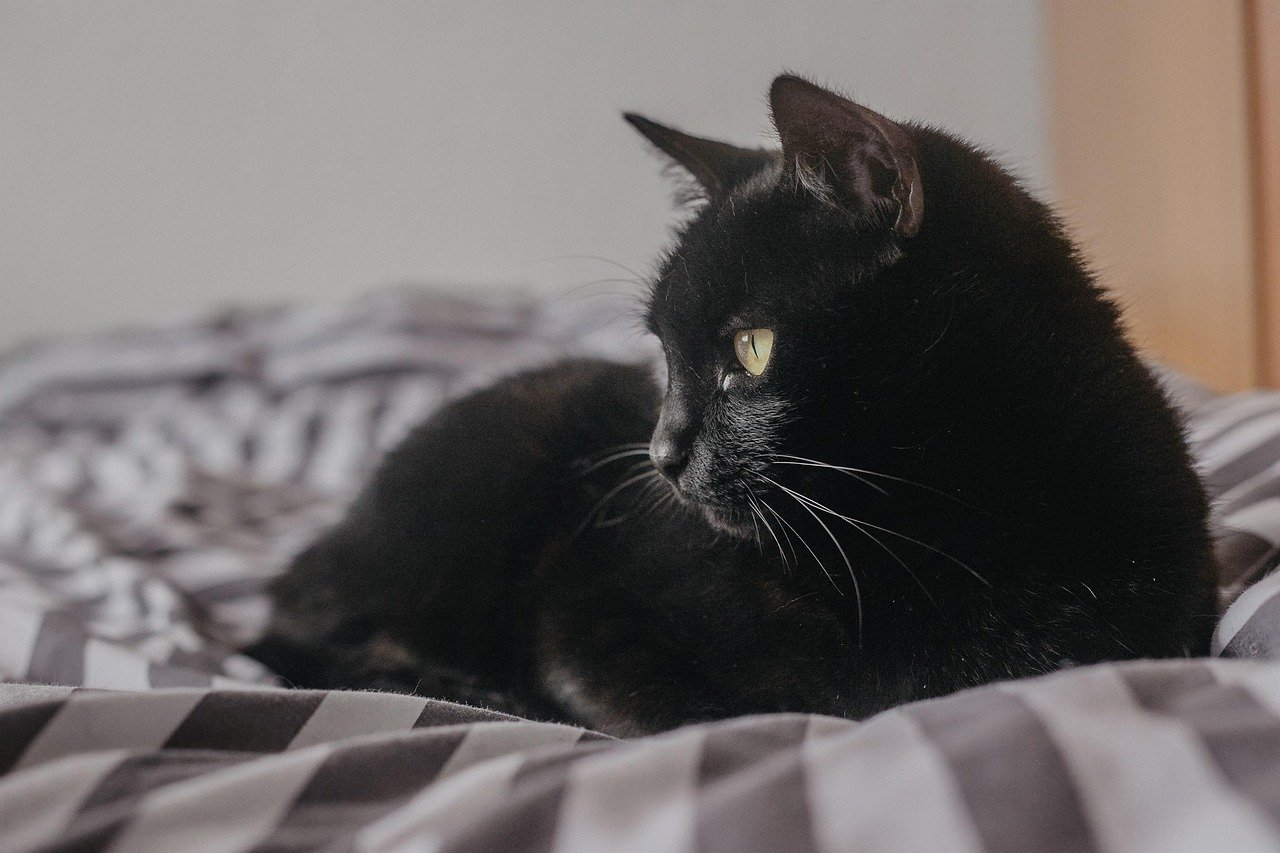
Cats are masters of self-care—they nap frequently, groom themselves meticulously, and take breaks whenever needed. Their behavior serves as a daily reminder for us to prioritize our own rest and well-being. Watching a cat stretch out in a sunbeam or curl up for a nap can inspire us to slow down and listen to our own bodies. Dogs, with their boundless energy, may encourage us to stay active, but cats teach us the importance of quiet moments and self-kindness. These lessons become ingrained in our emotional routines, promoting a healthier, more balanced lifestyle.
Low Maintenance, High Emotional Payoff
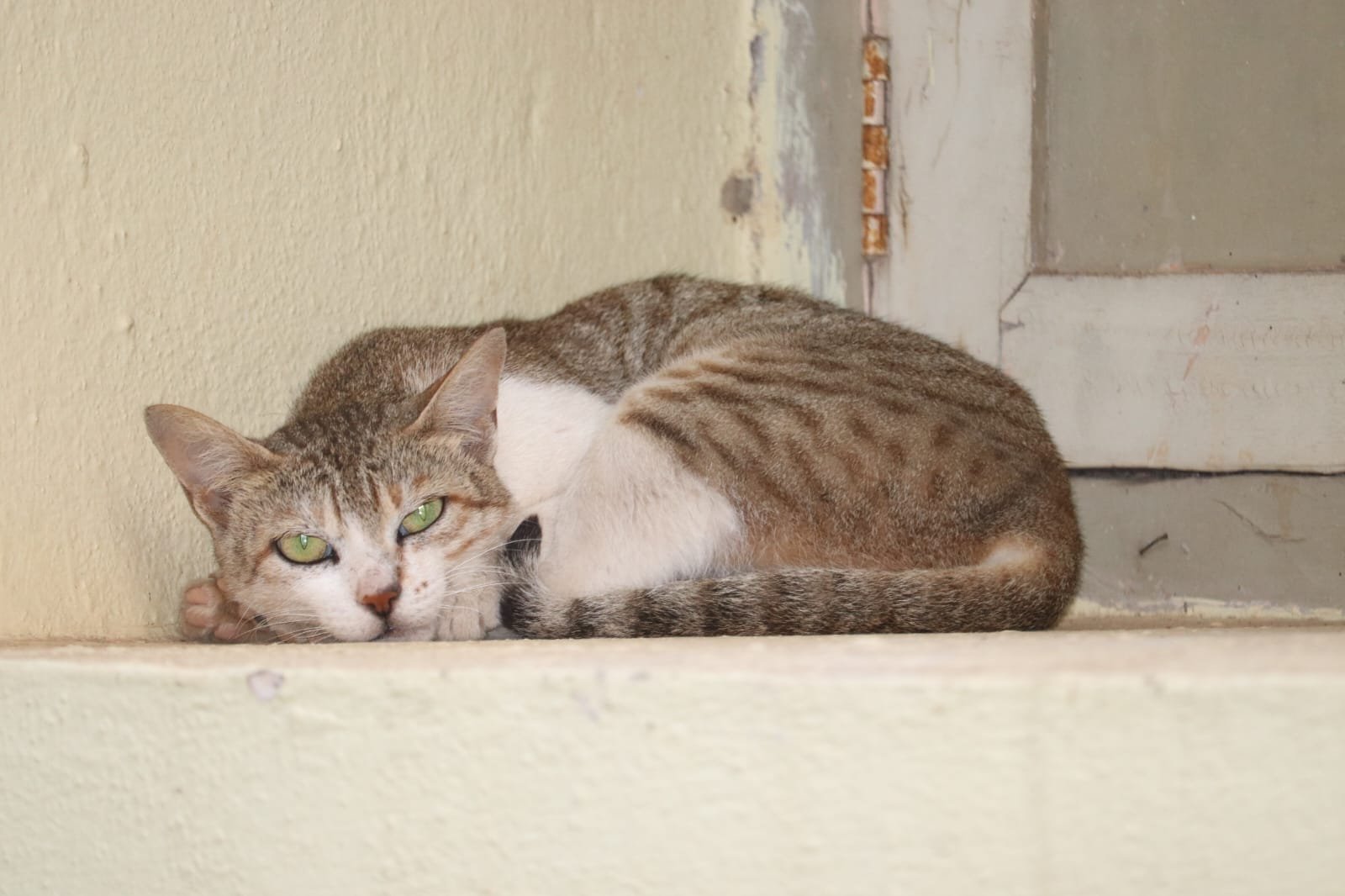
One of the joys of living with a cat is how little they demand in return for their companionship. They don’t require constant attention, long walks, or elaborate games. This low-maintenance nature allows us to focus on our own needs while still enjoying the benefits of a loving companion. Cats fit easily into our routines, asking only for food, water, and the occasional cuddle. In return, they offer a wealth of emotional support, making them an ideal choice for people seeking steady, uncomplicated companionship.
Creating Sacred Shared Spaces

Cats have a way of claiming certain spots in the home—windowsills, favorite chairs, or cozy corners—and inviting us to share these spaces with them. These shared environments become sacred parts of our emotional routines, offering a sense of comfort and belonging. Sitting together in a favorite spot can become a cherished ritual, grounding us in place and time. Dogs may claim space too, but cats do so with a certain grace, turning ordinary places into havens of peace and connection.
Forming Quiet, Lasting Bonds

The bond between a person and their cat is often quiet and understated, but no less profound. Over time, shared routines—mealtime chats, evening cuddles, or lazy Sunday afternoons—build a deep sense of trust and affection. These bonds are strengthened by the cat’s consistent presence and gentle behaviors, creating a lasting emotional foundation. While the excitement of a dog’s affection is undeniable, the subtlety of a cat’s love weaves itself into our hearts in a way that feels timeless.
Helping Us Process Emotions Gently
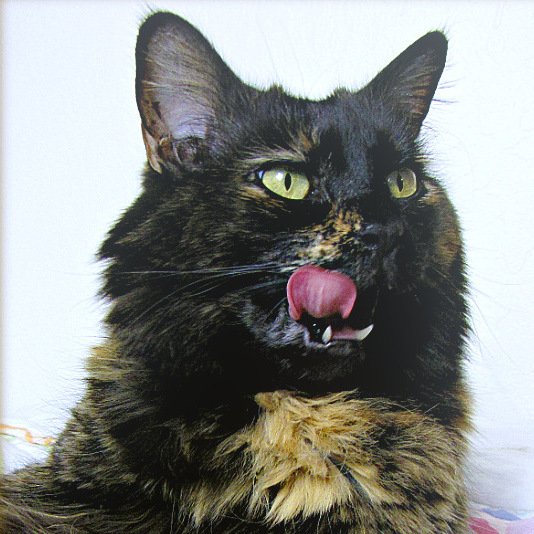
When life gets overwhelming, cats help us process our feelings gently and at our own pace. Their calm presence encourages reflection and self-soothing, rather than distraction or avoidance. Simply stroking a cat’s soft fur or listening to their gentle purring can create a space for emotional healing. Dogs may try to “fix” our mood with play or affection, but cats offer a quieter, more introspective path to emotional resilience. This gentle approach helps us build healthier emotional routines over time.
Inviting Laughter and Joy in Small Doses
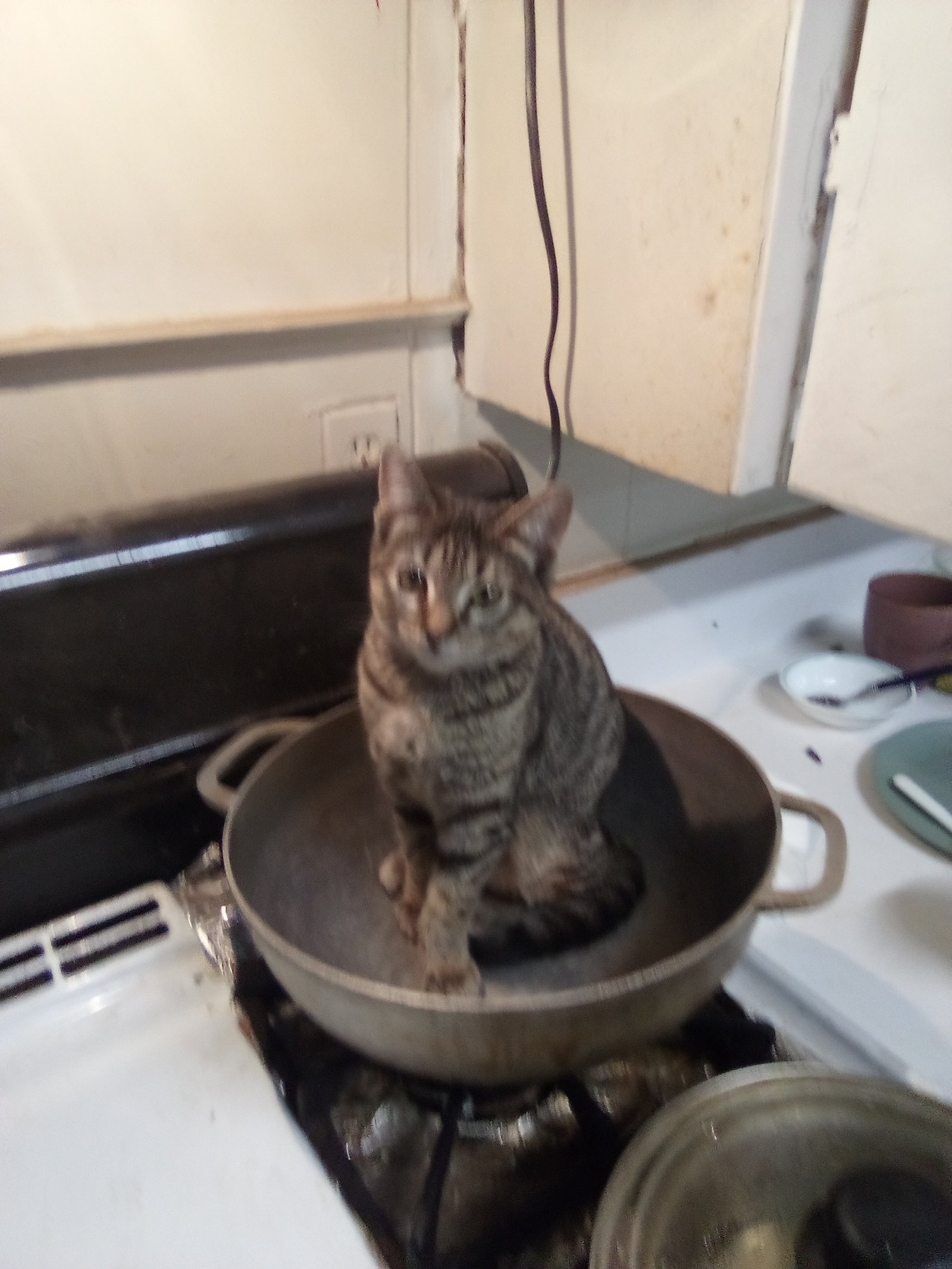
Cats are natural comedians, bringing laughter and joy into our lives with their quirky behaviors and unexpected antics. Whether it’s a sudden zoom across the room or a dramatic leap onto a high shelf, cats remind us to find humor in everyday moments. These bursts of joy become part of our emotional routine, breaking up stress and monotony with laughter. Dogs can be funny too, but cats’ unique blend of grace and goofiness never fails to surprise and delight.
Teaching Us the Power of Patience
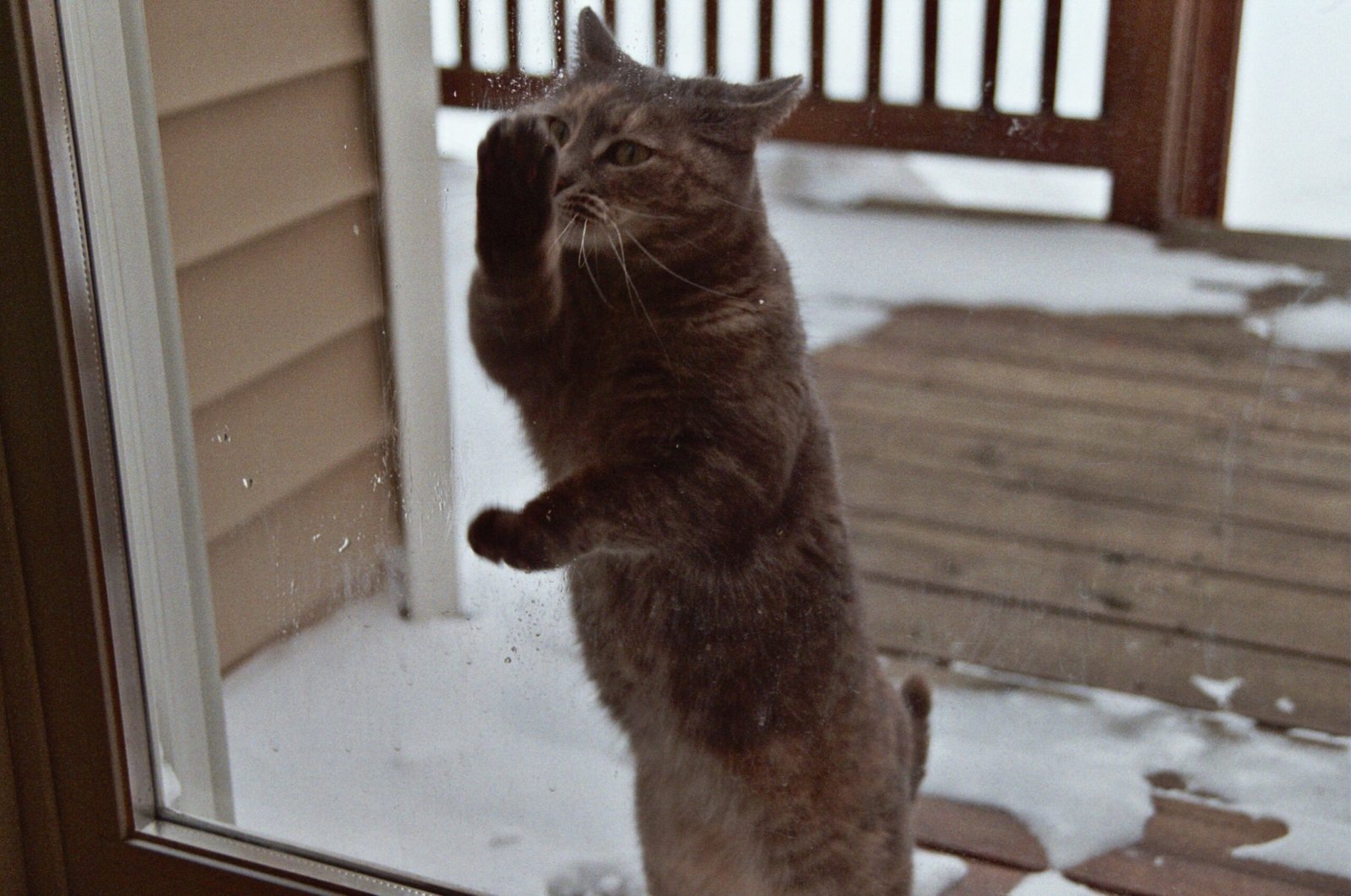
Building a relationship with a cat often requires patience and understanding. Unlike dogs, who may instantly shower us with affection, cats take their time to build trust. This slow-growing bond teaches us the value of patience, both with ourselves and others. Waiting for a shy cat to warm up or respecting their boundaries can be a powerful lesson in emotional maturity. Over time, these lessons become part of our emotional routines, helping us approach life with greater empathy and resilience.
Strengthening Emotional Independence

Cats encourage us to find strength within ourselves. Their independent nature reminds us that it’s okay to spend time alone and to rely on our own inner resources. This emotional independence becomes an important part of our routine, helping us build confidence and self-sufficiency. Dogs often foster dependence with their constant need for attention, but cats empower us to stand on our own. This balance of connection and independence is a key reason why cats excel at building healthy emotional routines.
Creating a Sense of Belonging Without Demands

Living with a cat means being accepted exactly as you are, without expectations or conditions. Their quiet acceptance fosters a sense of belonging that’s both comforting and liberating. Cats don’t ask us to change or perform; they simply invite us to share space and time. This unconditional acceptance becomes a cornerstone of our emotional routine, helping us feel seen and valued. Dogs may offer love, but cats offer acceptance—a subtle, powerful gift that shapes our emotional lives in profound ways.
Promoting Emotional Growth Over Time
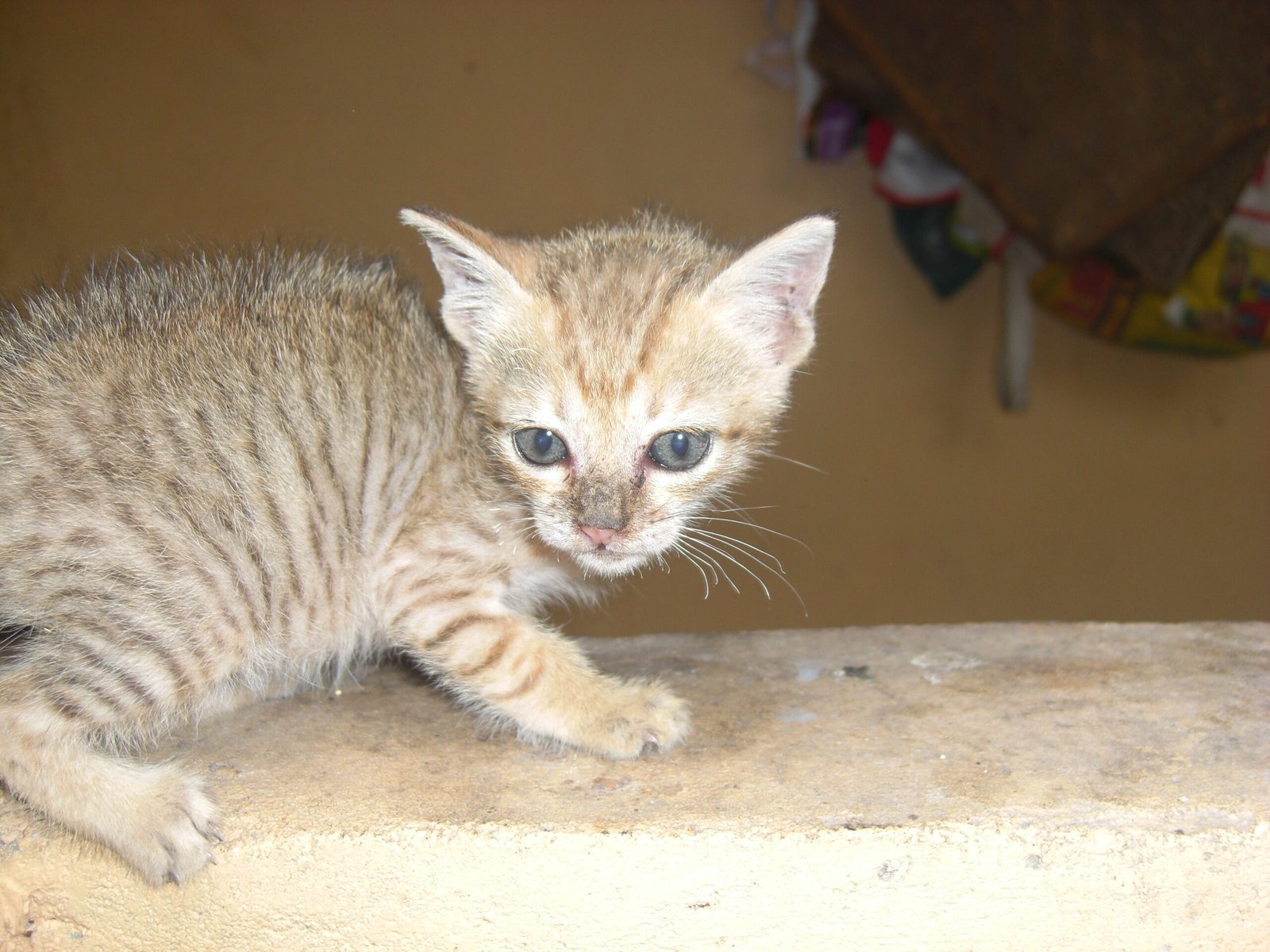
The emotional routines we build with cats aren’t static—they evolve as we grow and change. Cats adapt to new phases of our lives, offering support through transitions, losses, and triumphs. This long-term partnership fosters emotional growth, teaching us about resilience, adaptability, and unconditional love. Each day with a cat becomes a step in a journey of mutual discovery and understanding, making them unparalleled companions in the art of building meaningful emotional routines.
Hi, I’m Bola, a passionate writer and creative strategist with a knack for crafting compelling content that educates, inspires, and connects. Over the years, I’ve honed my skills across various writing fields, including content creation, copywriting, online course development, and video scriptwriting.
When I’m not at my desk, you’ll find me exploring new ideas, reading books, or brainstorming creative ways to solve challenges. I believe that words have the power to transform, and I’m here to help you leverage that power for success.
Thanks for stopping by, Keep coming to this website to checkout new articles form me. You’d always love it!






